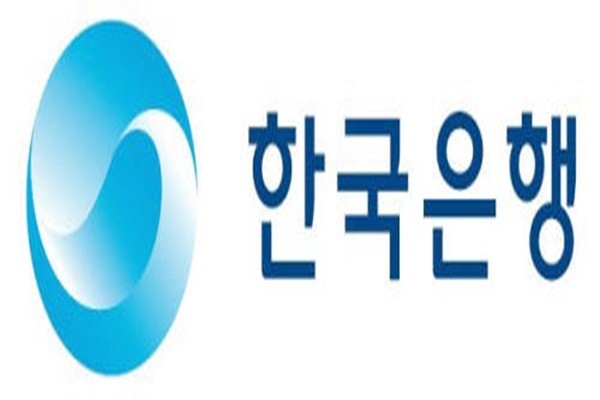Medium-term inflation targeting system that will be applied starting from next year is maintained at current level of 2%.
The Bank of Korea and Ministry of Economy and Finance (MOEF) held a temporary monetary policy committee on the 26th and voted on adjusting inflation target to 2%, which is a standard for consumer price increase rate.
The Bank of Korea is going to run monetary policies from a medium-term perspective so that consumer price increase rate will be near inflation target and is considering risks that may occur when consumer price increase rate continues to exceed or fall short of inflation target.
As current inflation targeting system (2016 to 2018) is set to expire, The Bank of Korea and MOEF set the inflation targeting system that will be applied starting from next year at 2%. From a medium-term perspective, they estimated that optimum inflation rate will be around 2% after considering inflation costs and benefits. They selected consumer price index as the target since it has wide coverage and excellent awareness and immediacy.
They have decided not to set a particular application period for upcoming inflation targeting system as they believe that there is not much need to change target level, target method of suggestion, and target index since inflation level and variability have dropped to a level that is not much different from that of other advanced countries.
Out of 26 countries such as the U.S., European countries, and Japan that adopted inflation targeting system more than 10 years ago, 17 countries (65%) do not have specific application period.
MOEF is going to strengthen its communication with people in South Korea to increase their level of understanding on inflation. National explanation method, which was introduced 3 years ago, has to meet particular conditions. It was taken place every 3 months if consumer price increase rate exceeds or falls below inflation target by more than 0.5% for 6 months and continues to exceed or fall below afterwards.
Starting from next year, explanation method will be held periodically. Report on how inflation targeting system is being operated will be issued two times annually and it will be explained through a press conference by the president of The Bank of Korea. The Bank of Korea will also look for any issue that needs to be improved in terms of operating inflation targeting system every 2 years and make announcements on what it finds.

“While we reexamined inflation targeting system every 3 years in the past, we are going to leave it as it is from now on if there is not any particular reason to change it.” said Vice-President Jung Kyu-il of The Bank of Korea. “We are going to examine it every 2 years starting from next year since inflation targeting system will remain at 2%.”
While announcing ‘direction of operation of 2019 monetary policies’, The Bank of Korea estimated that next year’s consumer price will show an upward trend of about 1%. It estimated that underlying inflation rate excluding food and energy will increase from the beginning-end of 1% to the middle-end of 1% through continue upward trend of wage. However, it believes that tightening of basic welfare policies by South Korean Government and decrease in international oil prices will act as downside risks.
The Bank of Korea is going to maintain consumer price increase rate to be at the level of inflation target while maintaining basis to ease monetary policies. It is going to make additional adjustments while examining foreign uncertainties such as normalization of monetary policies by major countries and trade conflict between the U.S. and China. It is also going to pay careful attention to increase in variability within financial and foreign exchange markets that occurs from accumulation in financial imbalance due to increase in household debts and changes in foreign risk factors.
Staff Reporter Ham, Jihyun | goham@etnews.com